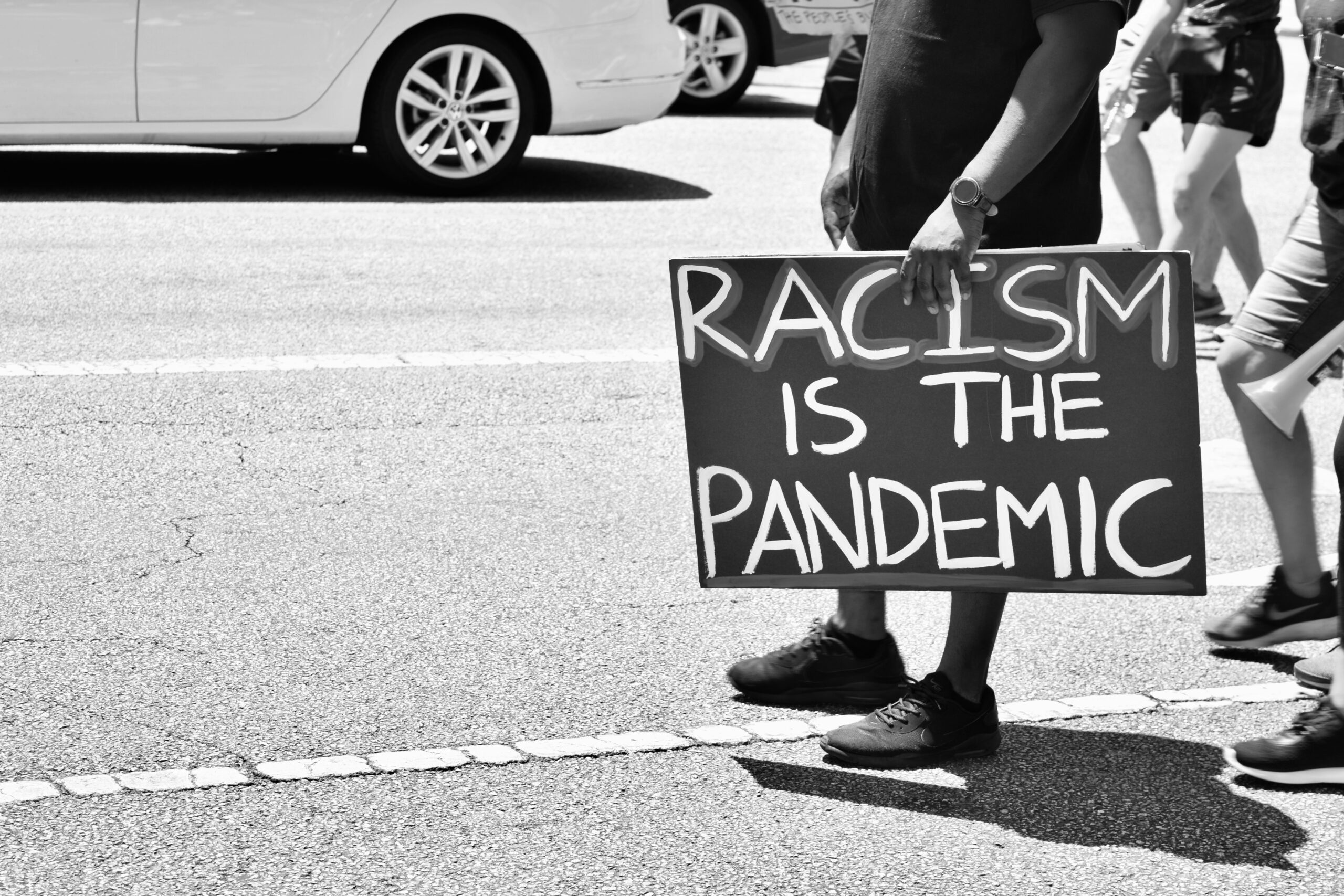What could an anti-racist education and training system look like?
 Photo by Faith Eselé on Unsplash
Photo by Faith Eselé on Unsplash In the past five weeks, we have seen unprecedented action in support of the Movement for Black Lives in communities around the country, including many Bay Area cities. In addition to demanding an end to police brutality against black and brown people, community leaders and policymakers are advancing visionary yet practical solutions that re–imagine the systems that perpetuate structural racism in the United States.
As with all American systems and institutions, we know that the white supremacy and racism that poison our justice system are also active in our education and training systems, contributing to a lack of economic opportunity and mobility for workers of color.
At ReWork the Bay we wonder, “what could an anti-racist education and training system look like?”
To begin to answer that question, we acknowledge that education and training systems respond to, and are reflective of, the broader economic system they operate in. Economic policy determines what jobs are created, the quality of those jobs, and in many ways, who gets hired to fill them. In other words, the economic system sets the rules of the game by which education and training systems must play. And in America, those rules weren’t written to lead to equitable outcomes.
Even before the current economic downturn, when the Bay Area’s capitalist economy was one of the strongest in the world, our region was creating fewer and fewer quality, empowered jobs, and the majority of the good jobs that did exist were unattainable for most black and brown workers. There is ample evidence that shows this trajectory was not a coincidence, but the result of intentional policy choices.
To re-imagine our workforce system, we need to understand how racism is embedded in, and perpetuated by, our capitalist economy.
To deepen our learning in this area, we look to leaders of color who are painting a clear-eyed picture of the racist narratives and policies that undergird and embody our capitalist economy, and advancing visionary ideas for how things could be radically different. This month, that included:
- Ibram X. Kendi’s How to be An Antiracist that unpacks what it means to be “antiracist”, and how racism shows up across all American institutions and systems;
- The Insight Center’s narrative and policy work on economic liberation grounded in centering blackness; and
- Liberation in a Generation’s guest-edited edition of the Forge, that unpacks the many ways capitalism is racialized, and casts a vision for a liberation economy, that “provides for people’s basic needs, safety, and security, that adequately compensates people of color for their labor, and that provides a sense of belonging.”
We hope you will join us in re-imagining a Bay Area economy and workforce system that enables all people to live and thrive with dignity.
The above mural is a product of the collaborative efforts of youth artists, practicing artists, and community members in the spirit of the movement for black and brown life. It is based on the photograph of Louis Michael, taken by SB Maney on May 29th, 2020 in downtown Oakland during the first of many mass protests of the murder of George Floyd.
Artists, Collaborators, and Contributors: L.C. Howard, Louis Michael, Aireon Tauarres Joy Johnson, Sarahbeth Maney, John Christie, Sam Kober, Gina Martinez, Jessica Gallegos, Kylie Jolyn, Anaya Dennis, Malia Johnson, Prota Mayo Rodriguez, Emiliano Zapata, James Miller, Josue Cruz, Suledy Mones-Higuera, Nicole Green, Juan Guillermo Matia Pablo, and Edwin Alonzo Ortiz Meja, Rayshawn the Artist, Destany Michael, JuVinci the Creator, Julius Underwood.
